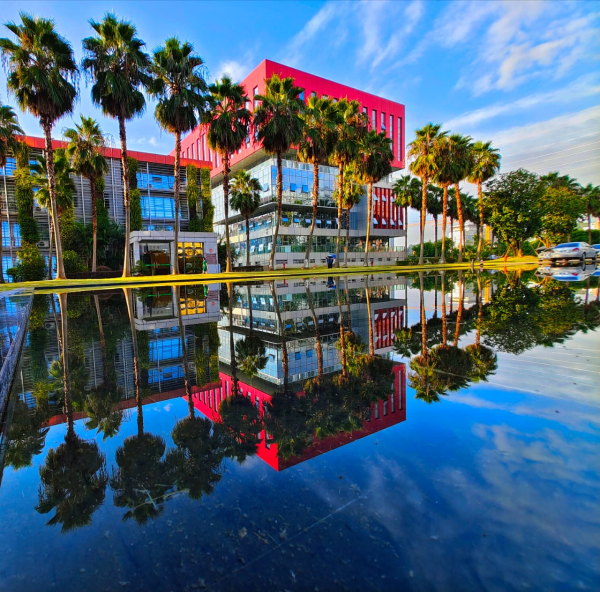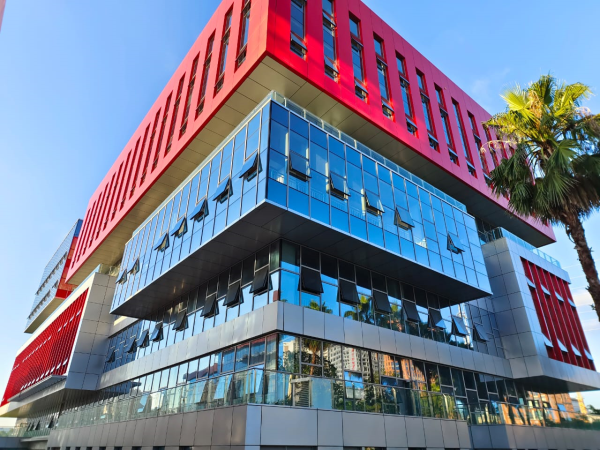ຂປລ
(KPL) Guangxi Botanical Garden of Medicinal Plants (or Garden for short), as a research institute, plays an important role in collection and protection of medicinal resources.

(KPL) Guangxi Botanical Garden of Medicinal Plants (or Garden for short), as a research institute, plays an important role in collection and protection of medicinal resources.
The Garden is located in the Guangxi Zhuang Autonomous Region, southwest of China, which has long been known as natural home for medicine, biological gene pool, hometown of Traditional Chinese Medicine (TCM).
Over the years, relying on the profound connotation of Guangxi Zhuang and Yao Medicine culture, rich medicinal plant resources and mature technology for resource protection, the Garden has actively built a global protection system for medicinal plant resources and a world traditional medicine culture dissemination base by holding international conferences and forums, personnel training and exchanging, implementing cooperative projects and so forth.
It is also dedicated to promoting TCM culture and building a world-class botanical garden of medicinal plants, so as to make a contribution to the going global of Traditional Chinese Medicine.
Stick to the original aspiration and swear to be the guardian of medicinal plant resources
In line with international standards, the Garden actively builds a global protection system for medicinal plant resources.
As the lead implementer and technical supporter of the 4th national survey of TCM resources, it had basically investigated the medicinal resources in Guangxi under the leadership of the Guangxi Administration of Traditional Chinese Medicine.
At present, more than 10,000 kinds of medicinal plants have been preserved in the Garden, accounting for 87% of the total medicinal plants in China and 36% of that in the world.

In 2011, the Garden was awarded a record from the Guinness Book of World Records for the most preserved plant species and largest preserved plant areas. It has formed a world-leading conservation system of medicinal plant resources, such as biological resource centre, seeds bank, germplasm bank, extraction bank, genebank and Specimens Museum.
Its outstanding ability to preserve and survey medicinal resources has been affirmed by the Ministry of Science and Technology of China and the Lao government. It has been invited to conduct a survey of medicinal plant resources and traditional medical knowledge in Laos.
With Lao experts, the first official pharmacopoeia of Laos, Lao Herbal Pharmacopoeia has been compiled according to the principles of China, laying a foundation for maintaining the resource security of the two countries and building a standardized and global resource protection system.
Striving for inheritance, innnovate, and pursue the sustainable development of medicinal resources
With related requirements of further implementation of TCM’s participation in the construction of the Belt and Road Initiative and advance in constructing a shared community of health for all, the Garden has established two national scientific research platforms, four regional (provincial) ones, creating a key Traditional Chinese Medicine discipline of State Administration of TCM, forming 11 scientific research and innovation teams.
Moreover, it was approved to participate in the construction of ASEAN Region of Science, Technology and Innovative Cooperation, establishing China-Asean regional Collaborative Innovation cooperation and exchange platform, focusing on medicinal resources conservation, product research and development and quality control.
Through taking the lead in publishing Medicinal Plants 4.0 Plan, the world’s first cross-omics research programme of medicinal plants, the Garden built a big data centre of cross-omics of medicinal plants to break through the discipline barriers of research. To solve problem of quality control in the production of Chinese patent medicines, the Garden constructed an enrichment system of medicinal plant components that can be industrially produced. In addition, the institute participated in the selection and arrangement of Guangxi drugs brand “Guishiwei”, ten varieties geo-authentic traditional Chinese medicine of Guangxi, which include Cinnamomum cassia, Siraitia grosvenorii, Illicium verum, Curcuma kwangsiensis, Dimocarpus longan, roots of Sophora tonkinensis, Spatholobus suberectus, dry Abrus precatorius, Zanthoxylum nitidum, and dry Amynthas aspergillum. It selected and cultivated 32 new varieties of medicinal plants so as to support the healthy development of Guangxi TCM industry.

Up to now, five international joint laboratories had been established with Austria and other countries and regions, and the ISO/TC249 international quality standard for Chinese herbal medicines had been jointly formulated.
The high-quality system of international technology research and development had taken shape.
Forging ahead in an innovative and enterprising spirit and taking multiple measures to promote TCM culture
Build parks to show TCM culture
Guangxi Botanical Garden of Medicinal Plants was invited to build Traditional Chinese Medicine Cultural parks laying equal stress on humanity and ecology in Macao, Jiangxi province and Beijing Expo Garden and other places. With the approval of the Lao government, the institute constructed the Lao National Botanical Garden of Medicinal Plants covering an area of 263 hectares.
Help agriculture, rural areas and farmers and carry forward the advantages of science and technology
The Garden formulated development plans for Chinese medicinal materials (CMM) industry and provided guidance to local economic development for Liuzhou city, Hechi city and other nine cities and counties in Guangxi. Together with Yulin Municipal People's Government, the institute built a south medicine garden in Yulin integrating various industries from TCM seedling breeding, garden landscape to tourism health, creating a new and innovative model for developing TCM health industry.
Vitalize the countryside and write a new chapter of service
Scientific and technical experts were organized to serve 549 planting bases of Chinese medicinal materials in Guangxi and 3,713 peasants were trained to practically solve the key technical problems of the rural people on planting and breeding of Chinese medicinal materials.
There were many stories of science and technology helping and enriching farmers such as taking stones as strellis and planting beautiful Lonicera japonica and planting Amomum villosum leading to a prosperous village.
Communicate extensively and build cultural bridges
As a national international scientific and technological cooperation base, over the past five years, the Garden has signed 42 cooperation agreements with 19 countries, hosted international conference on traditional medicine for four times, conducted six international exchange training such as China-ASEAN Traditional Medicine Protection and Development Training Course, and trained 290 people from eight ASEAN countries and received two ASEAN talents working in Guangxi. An open, inclusive and mutually beneficial platform for international cooperation and exchange is gradually taking shape.
With the coming into effect of RCEP and its benefit, all staff in the Garden will adhere to the concept of respect and cooperation, actively seeking cooperation with relevant scientific research institutions of countries along the Belt and Road and ASEAN countries, and we will always keep an enterprising spirit of working hard and accumulating efforts to promote traditional medicine to rejuvenate and shine in the new era and new journey and to contribute to the construction of TCM industry and service trade.
KPL